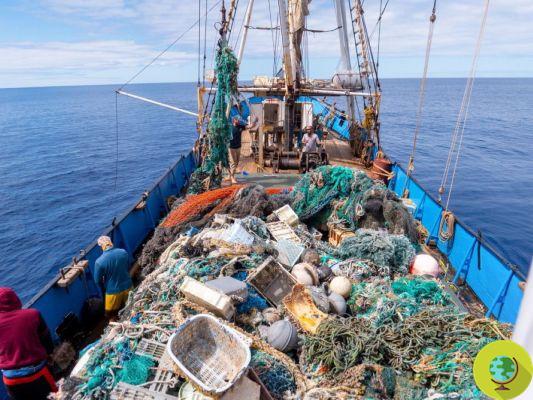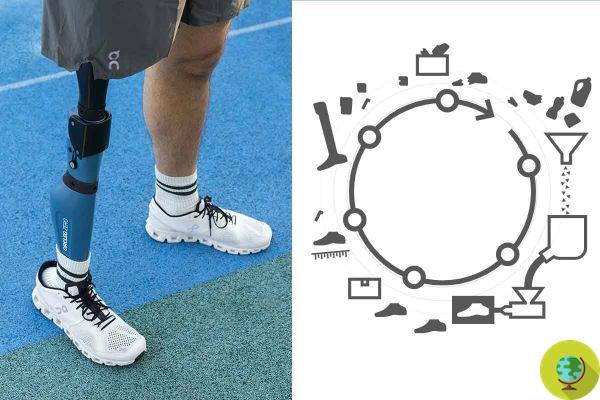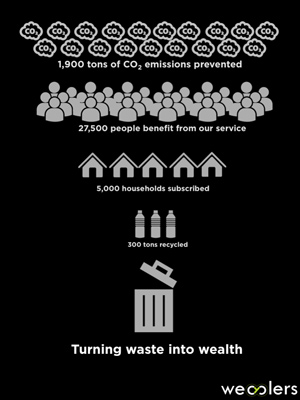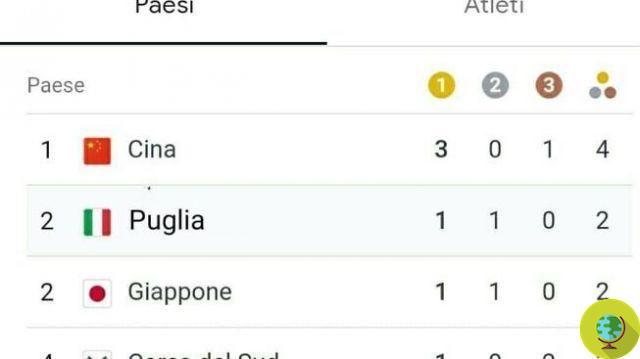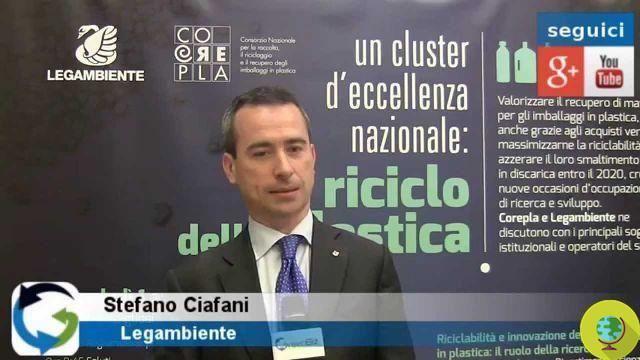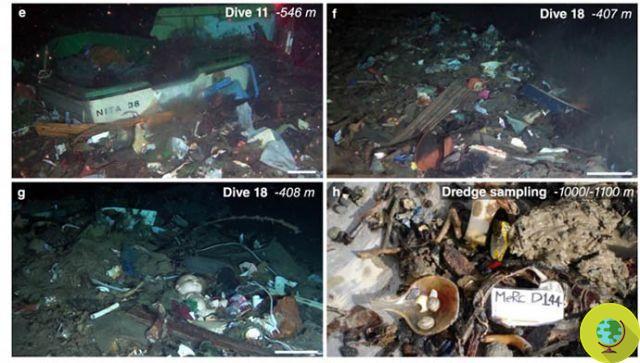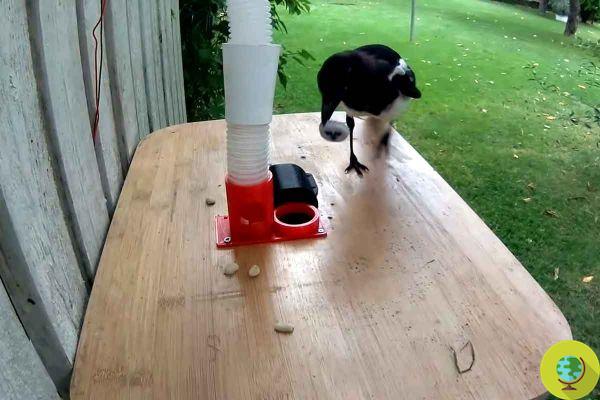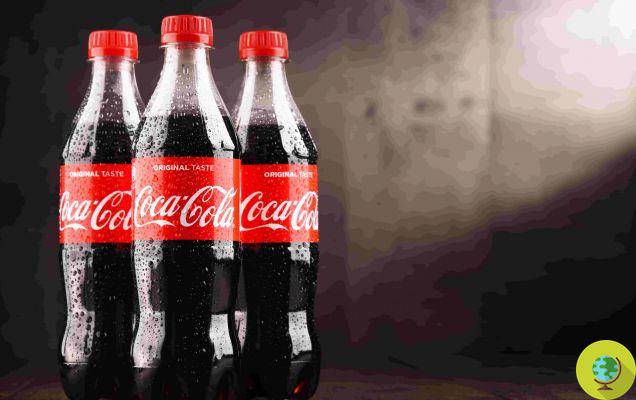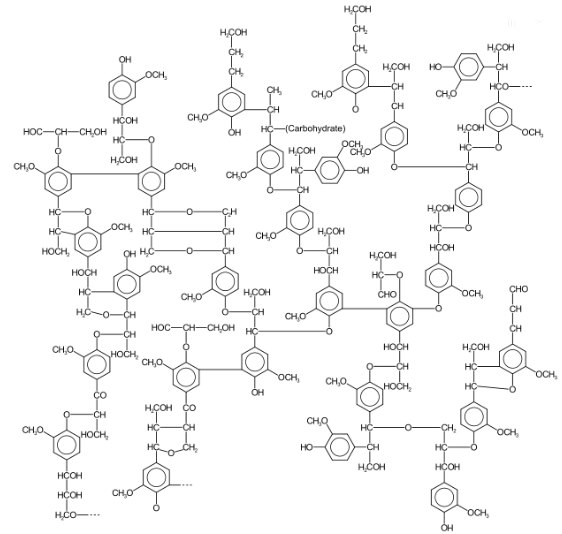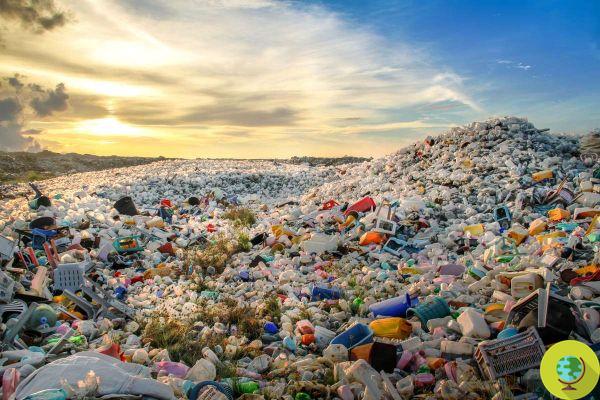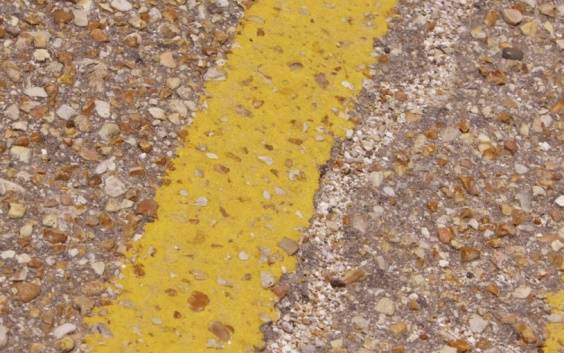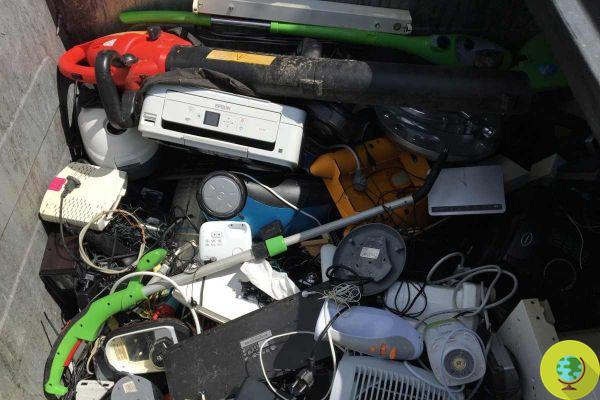
Thermoplastics, foams and various circuits: in 2021 alone, humans will discard about 57,4 million tons of electronic waste.
He is about to end up run over, his mother saves himToday 14 October is International E-Waste Day, the International Day of electronic waste and, to raise awareness on the growing problem of WEEE, the Weee (Waste electrical and electronic equipment) Forum has published an alarming statistic
Thermoplastics, foams, films and various circuits: in 2021 alone, humans will discard approximately 57,4 million tons of electronic waste. And that waste will outweigh the Great Wall of China, the heaviest human construction in the world. This is why the WEEE Forum is calling for incentives for reuse and recycling.
This year's focus for International E-Waste Day is the crucial role each of us has in making circularity a reality for electronic products - says WEEE Forum General Manager Pascal Leroy in a statement. This is more important than ever even in view of CopP26, to discuss global action to reduce carbon emissions.
Each ton of WEEE recycled avoids about 2 tons of CO2 emissions. If we all did the right thing with our e-waste, we would help reduce harmful CO2 emissions.
Read also: WEEE: the 5 rules for disposing of appliances and hi-tech waste
The mountain of waste of 2021 did not come out of nowhere. In 2019, humans were able to generate 53,6 million tons, an increase of 21% compared to 2014. If nothing changes, this number is expected to increase to reach 74 million tons by 2030, which means e-waste is growing by about three to four percent every year.
The WEEE Forum attributes this growth to increasing consumption of electronics, shorter periods between new product releases and limited options for repairing broken items. And an example of this cycle is the development and marketing of cell phones.
Read also: Why printers and cartridges are the symbol of planned obsolescence (and what the EU is not doing)
In Europe, 11 out of 72 electronic items in an average household remain unused or out of order. And every year each citizen accumulates another 4-5 kilos of devices which are then abandoned in a drawer before being disposed of.
Many factors play a role in making the electrical and electronics sectors efficient and resource-efficient - explains Leroy. Our member producer responsibility organizations collected and ensured responsible recycling of 2,8 megatonnes of electronic waste in 2020. But until citizens return their used, broken tools, sell them or donate them, we will have to continue mining. completely new materials causing severe environmental damage.
Result? To retrieve! The 2021 International E-Waste Day intends to promote the circular economy of "e-products", especially by empowering citizens. This is even more important if we consider that governments participate in COP26 (UN Conference on Climate Change) on reducing carbon emissions. Each ton of WEEE recycled avoids the emission of about two tons of CO2.
If we all do the right thing with our electronic waste - concludes Leroy - we will help the Earth.
Follow us on Telegram | Instagram | Facebook | TikTok | Youtube
Source: WEEE Forum
Read also:
- The universal charger could soon become a reality: the EU presents a proposal to limit electronic waste
- Repairability index: how we can reduce e-waste across Europe (petition)
- Smartphones are polluting Europe. Can the refurbished be a solution?
- Electronic waste: smartphones that self-destruct to reduce pollution are on the way?




